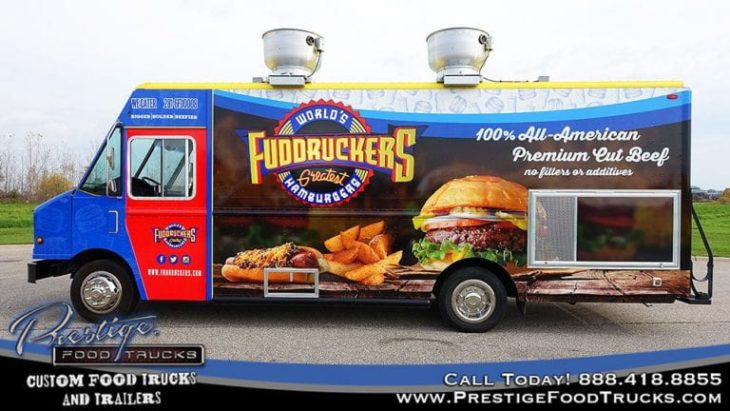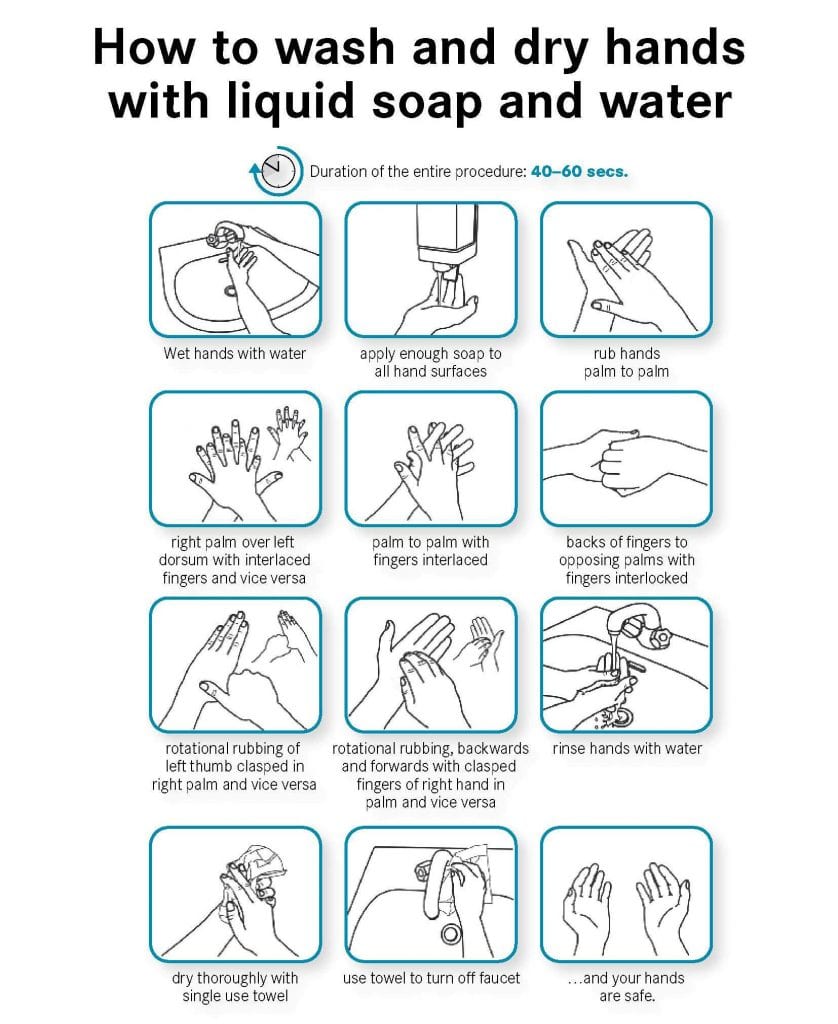The food truck business is growing rapidly. Many young entrepreneurs are choosing food trucks as their preferred choice of establishment. And while food trucks do have their flaws, eating from food trucks can be considered quite safe. More and more people are choosing to sell their food the mobile way, with as many as 15,000 food trucks currently rolling around the United States.
According to Christie Sweitz, a health inspector from Portland, Ore, “Many of our inspectors are happy to buy their lunch from food trucks.” She says that food trucks are required to follow strict guidelines, even stricter than restaurants and most food establishments.
Food trucks are also subjected to inspections more than most food establishments.
With all that in mind, we are going to tell you everything you need to know in order to be sure that the food truck you’re eating is safe.

img source: bahtsold.com
1. License
According to Sarah Klein, who is a food-safety expert, every food truck must have a license so that the health department can track them. Most of the times, this license will vary from state to state, but it should always be displayed on the truck window where most customers can see it. The license should have the name of the town, a date, and some sort of seal, depending on the town. There are cities like Phoenix, Arizona, where food trucks are not required by law to carry this license. If you don’t see the license, you can always ask the man running the food truck to provide you with one. If he fails to do so, write down some crucial information, like the license plate and the name of the establishment, and report it to the health department.
2. Grades Matter
Some states require food trucks to display the last grade given from the last inspection. Most of the time, if a food truck receives an “A” then it’s the safest to eat. You should consider twice eating from food trucks with a “B” grade because you cannot be sure which part of the evaluation the truck has passed badly. And you should avoid eating from food trucks with a “C” grade at all cost because that’s too close to being shut down.
3. Hygiene
This is the first thing that comes to my mind when considering eating from food trucks. Hygiene is very important for food establishments, and most food-borne diseases occur from bad hygiene. Gloves are a vital part of that. While gloves are not required by law in most states across the United States, they are essential so that our food doesn’t get contaminated. Gloves should also be changed regularly every time someone touches raw meat because it can transfer bacteria to your burrito.
Another critical part of maintaining good hygiene is regularly washing hands. In states where food trucks and other establishments are not required by law to carry gloves, employees washing their hands should be their number one priority.

img source: betterhealth.vic.gov.au
Dangling hair is also another important part of good hygiene. If the employee in question has long hair, it is vital to wear a hair net, or the employee needs to pull their hair back.
img source: unileverfoodsolutions.com.myConclusion
Food trucks are generally very safe to eat compared to the most food establishment. While they serve hundreds of customers in a 2 by 2 truck, they are pretty professional entrepreneurs and take care of their hygiene. To put it into perspective, if you see a food truck rolling around town, chances are he is clean, and you got nothing to worry about eating from it.
